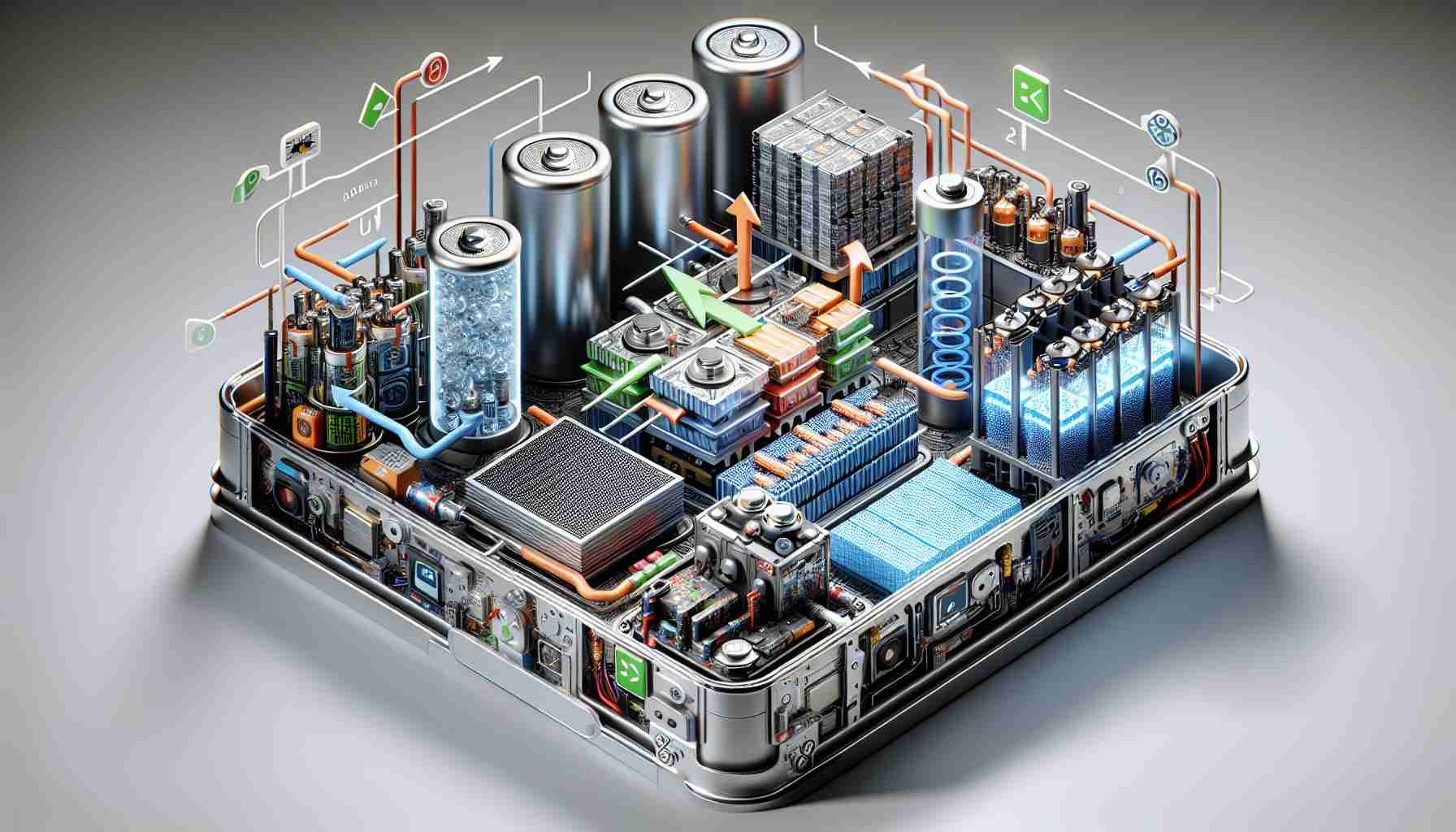Discover the future of energy storage technology alongside leading experts in the field. Join a live session that delves into the correlation between material formulation and battery performance.
The energy sector is poised for a remarkable transformation, with lithium-ion batteries projected to witness a staggering 30-fold increase in production by 2040, reaching almost 9 TWh annually. This surge is primarily propelled by the escalating demand for electric vehicles and large-scale energy storage solutions.
Production of lithium-ion batteries demands precise coating processes utilizing slurries composed of active materials, conductive carbon additives, and polymer binders applied onto metal foil substrates. To deepen insights into how the formulation of these slurries and coating parameters impact overall electrode performance, innovative Rheo-electric tools are being leveraged.
These cutting-edge Rheo-electric tools offer a comprehensive analysis shedding light on the intricate structural variations of carbon black within the battery slurries, nuances that traditional rheological assessments fail to capture. By bridging Rheo-electric data with electrode characterization in lithium-ion batteries, researchers aim to devise predictive models enabling the anticipation of battery system performance based on the specific formulation and coating conditions of the composite electrode slurries.
Are you ready to explore the frontier of energy storage technology and gain invaluable insights into the future of sustainable energy solutions?
Unveiling Key Considerations for Optimizing Energy Storage Devices through Material Formulation
As the world transitions towards a more sustainable future, the role of energy storage devices in enabling the widespread adoption of renewable energy sources becomes increasingly prominent. Understanding the impact of material formulation on energy storage devices is crucial for enhancing their performance, efficiency, and longevity. While the previous article shed light on the correlation between material formulation and battery performance, there are additional facets to explore that can deepen our comprehension of this critical aspect.
Important Questions:
1. How does the selection of polymer binders in battery slurries influence the overall conductivity and stability of electrodes?
2. What role do conductive carbon additives play in enhancing the electrical pathways within the electrode structure?
3. How can the rheological properties of battery slurries be optimized to achieve uniform coating and improved electrode performance?
Key Challenges and Controversies:
1. Balancing the trade-off between energy density and cycle life remains a significant challenge in material formulation for energy storage devices.
2. The environmental impact of sourcing and processing materials used in battery formulations raises concerns about the sustainability of current practices.
3. Standardizing testing methods and performance metrics across different material formulations poses a hurdle in the comparative evaluation of energy storage devices.
Advantages:
1. Tailoring material formulations allows for customization of energy storage devices to specific applications, optimizing performance for diverse use cases.
2. Innovations in material formulation can lead to breakthroughs in energy storage technology, such as improved energy density and faster charging capabilities.
3. Understanding the intricate relationship between materials and device performance paves the way for continuous improvement and innovation in energy storage solutions.
Disadvantages:
1. Complex material formulations may lead to higher production costs and scalability challenges, affecting the widespread adoption of advanced energy storage technologies.
2. The dependency on rare or potentially hazardous materials in certain formulations raises concerns about resource availability and environmental impact.
3. Achieving consensus on standardized material formulation protocols across the industry can be slow and hinder rapid advancements in energy storage technology.
For further exploration into the evolving landscape of energy storage devices and material formulation, visit Department of Energy for comprehensive insights and research initiatives in the field. Understanding the intricate details of material formulation is key to unlocking the full potential of energy storage devices in driving the global transition towards a sustainable energy future.
